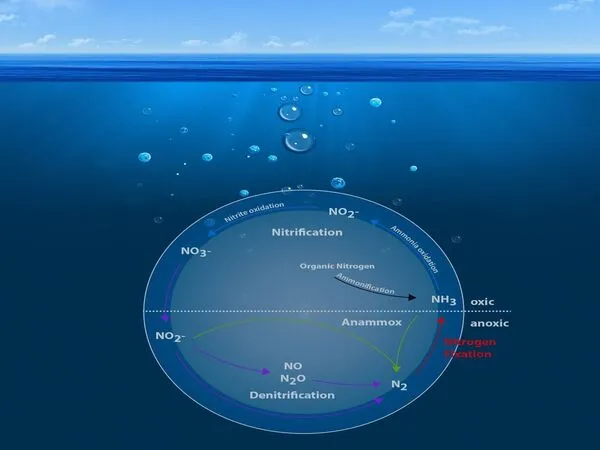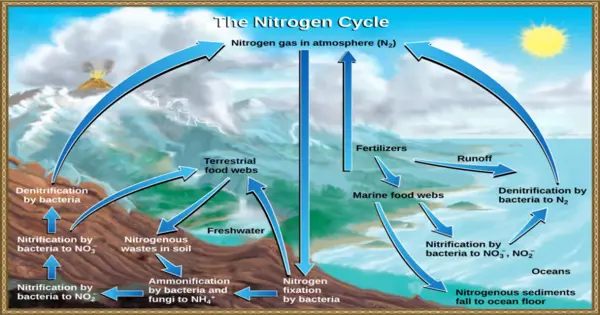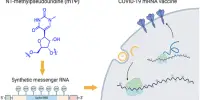A study found that distinct AOM lineages use different regulatory methods for ammonia or urea use, reducing direct rivalry and allowing for coexistence.
Wei Qin, an assistant professor of microbiology at the University of Oklahoma, led a novel study that fundamentally improves our understanding of ammonia oxidation, a vital component of the global nitrogen cycle, which was published in the journal Nature Microbiology.
Ammonia-oxidizing microorganisms, or AOM, use ammonia for energy and are responsible for the annual oxidation of roughly 2.3 trillion kg of nitrogen in soil, freshwater, the subsurface, and human-made environments. One major question that has remained unanswered for decades is how different lineages of AOM species coexist in the same environment: do they compete for ammonia or instead use other alternative compounds for their energy needs?
Our collaborative research focused on determining why and how these metabolically conserved lineages are able to coexist without direct competition for inorganic nitrogen (ammonia), and we examined their abilities to use organic nitrogen (urea) instead.
Wei Qin
“The different lineages of AOM are simultaneous growing in the same environment and were thought to primarily compete for ammonia,” Qin said. “Our collaborative research focused on determining why and how these metabolically conserved lineages are able to coexist without direct competition for inorganic nitrogen (ammonia), and we examined their abilities to use organic nitrogen (urea) instead.”
More than half of the AOM species have adapted to utilize urea, a widely available organic nitrogen compound that accounts for approximately 40 percent of all nitrogen in fertilizers, as an alternative energy source. This process, however, requires AOM to use additional energy because urea is a more complex molecular structure and needs to first be broken down into ammonia inside the AOM cells before further utilization. Knowing this, Qin’s collaborative team sought to understand how AOM acquires and metabolize ammonia and urea when both are available simultaneously.

“We always called urea an alternative substrate to ammonia,” Qin said. “Now, we realize that a major lineage of AOM prefers urea and represses the use of ammonia when urea is present. This discovery challenges dominant assumptions that had persisted for more than 100 years since the cultivation of the first AOM species.”
The research findings reveal that distinct AOM lineages use different regulatory methods for ammonia or urea use, reducing direct rivalry and allowing for coexistence. These divergent preferences show hidden physiological biodiversity and have real-world implications that must be investigated further.
“The AOM produces either nitrate, which leaches into groundwater and surrounding bodies of water, causing eutrophication, or nitrous oxide, which is a powerful greenhouse gas,” Qin spoke. “Once we determine which AOM lineages prefer urea, we can look into their contribution to nitrate leaching and greenhouse gas production in the ecosystem. This is crucial for creating long-term and viable techniques to decrease nitrogen pollution in both natural and manmade ecosystems. This will most likely be the focus of future research.
















